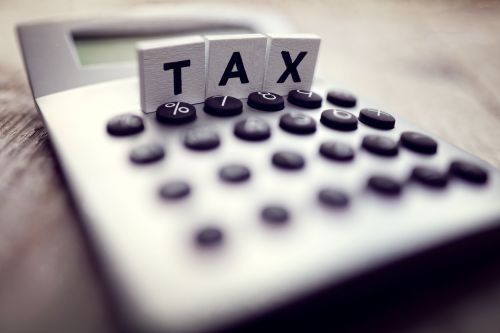Last updated: September 25 2024
Income Tax Fundamentals - Tax Reforms Span 160 Years

Evelyn Jacks
What date was the Income Tax Act introduced? When was the first federal sales tax in Canada? In what year did Canada introduce withholding taxes? From the time of the first recorded tax in Canada in 1650, the Canadian tax system has undergone over two dozen major tax reforms. With an election on the horizon, and tax reform a priority for many professionals, it’s a good time to brush up on some tax reform history.
Excerpted from Canada's Income Tax Fundamentals Course
1650 – First Recorded Tax: An export tax of 50 per cent on all beaver pelts, and 10 per cent on moose hides, was levied on the residents of New France.
Pre-1867 - England and France ruled over the first Canadian colonies and in the oversight collected taxes they sent back to their home countries by charging for goods brought into, or sent  out of, the colonies.
out of, the colonies.
1867 – The Constitution Act: At Confederation the new Canadian government was given unlimited power to raise money by charging direct taxes on income, gifts the estates of deceased persons and indirect taxes such as excise taxes, excise, customs duties, and a sales tax. The federal government primarily collected excise and customs duties for 50 years. The provinces could raise money by direct taxation for provincial purposes (taxes on income and property as opposed to taxes on trade).
1876 – BC is First Province to Impost an Income Tax.
1914 – First World War: Canada joined the First World War as a British colony. Increased customs duties and excise taxes resulted to pay for the war effort; there were also higher taxes on liquor and tobacco made in Canada.
1916: Income Taxation Begins: The federal government passed the Business Profits War Tax Act and began collecting business tax as a “temporary tax.”
1917: Introduction of the Income War Tax Act. The federal government introduced the Income War Tax Act to help finance the war. It imposed a general tax on personal and corporate income that was also supposed to be “temporary” to be reviewed in 1919.
1919: The Income War Tax was reviewed but not removed.
1920: Introduction of a temporary sales tax.
1924: The temporary sales tax was replaced by the federal sales tax.
1941: A series of 5 year tax agreements were concluded between the federal and the provincial governments. All provinces surrendered their claims to personal income tax for the duration of the wartime agreements which expired in 1947.
1943: Withholding Taxes are introduced by the Federal Government.
1948: The Income Tax Act replaces the Income War Tax Act, making income taxes permanent. New Income Tax Act is 20 pages long. Current ITA is 3000 pages long.
1957: The Federal – Provincial Equalization program is introduced.
1962: The first major Tax Reform - the Canada Royal Commission on Taxation under Kenneth Carter (Carter Commission) began. In addition, the federal and provincial governments agreed to a new form of tax co-ordination — the tax collection agreements.
1969: Proposals for Tax Reform were released by Finance Minister Edgar Benson.
1972: Introduction of Tax on Capital Gains: 50% of capital gains are added to income.
1986: Introduction of Alternative Minimum Taxes
1991: Introduction of GST. The federal sales tax is replaced by the Goods and Services Tax (GST) and a GST credit is born. The GST was later combined with the provincial sales tax (PST) in some provinces to create the harmonized sales tax (HST). The credit is now the GST/HST credit.
1997: Federal Government and Provinces agree to move to a Tax on Income system
1998: General Anti-Avoidance Rules were Introduced
2017: The federal Carbon Tax was introduced
2022: Introduction of the Underused Housing Tax. It applies a 1% tax on underused residential housing in Canada held by non-residents who are not Canadian citizens.
2024: The Digital Services Tax is introduced. It applies a 3% tax on revenue earned from foreign and large Canadian businesses starting January 1, 2022, for engaging with online users in Canada for digital services, sales or licensing of Canadian user data.
2027: Crypto Asset Reporting Framework begins.
JACK MINTZ
I find that the increase in the capital gains tax rate will reduce Canada’s GDP by $90 billion, real per capita GDP by 3 percent, its capital stock by $127 billion, and employment by 414,000. This is not a trivial loss to the Canadian economy.
References:
